Literary theories and strategies for teaching reading and writing have always fascinated me because from graphic symbols, such as letters and punctuation marks, it is possible to inform, narrate and encourage creativity and imagination. For this reason I enjoyed the work The grammar of fantasy, an introduction to the art of inventing stories., a book published in 1973 that presents writing as a playful and transformative process.
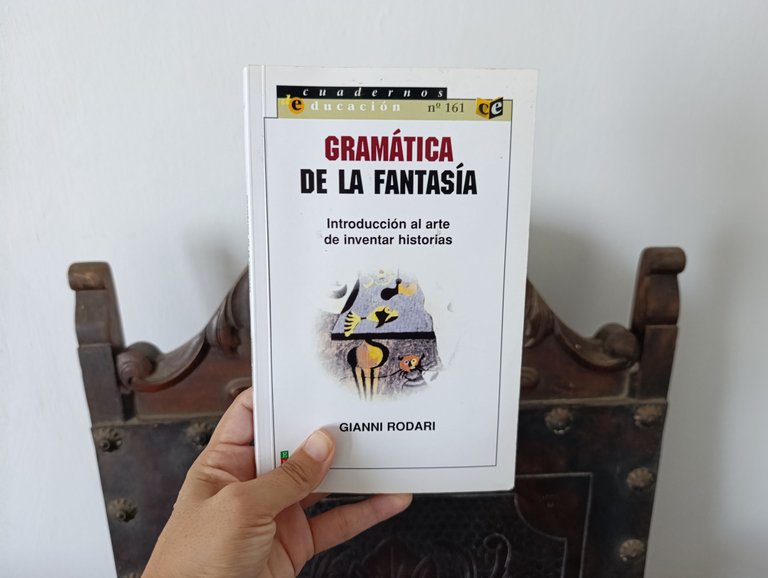
The author sets out a series of interesting strategies and techniques to create fantastic stories, especially children's stories. He highlights the Fantastic Binomial, a proposal that consists of joining two nouns without a logical connection to originate an idea, such as "cat" and "fan", which could generate an unusual connection. Here, the unexpected and the absurd are privileged to be used as a platform on which to build a narrative text.
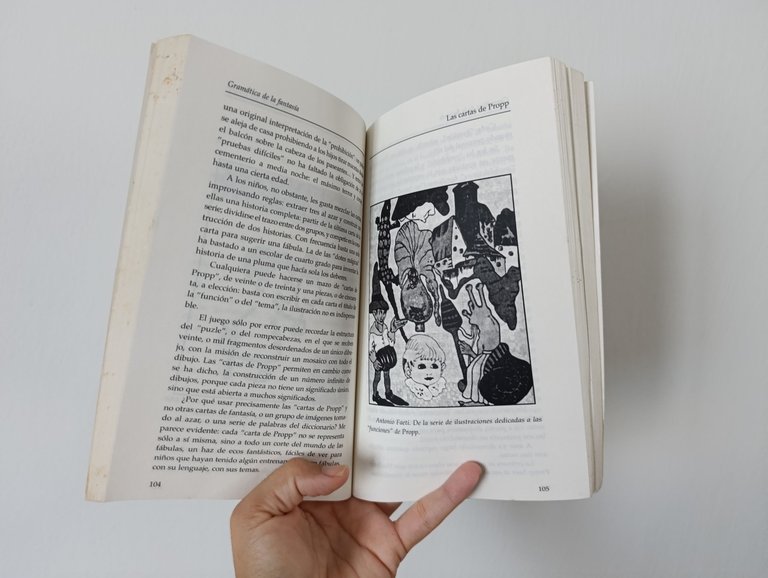
Another technique that I liked was Arbitrary prefix, as indicated, it consists of inserting a prefix that transforms the meaning of a word, which will be the preamble to imagine an unusual situation that will give way to a relationship. The Fable in reverse also caught my attention, because its purpose is to modify the traditional, move away from stereotypes, to conceive new reading horizons.
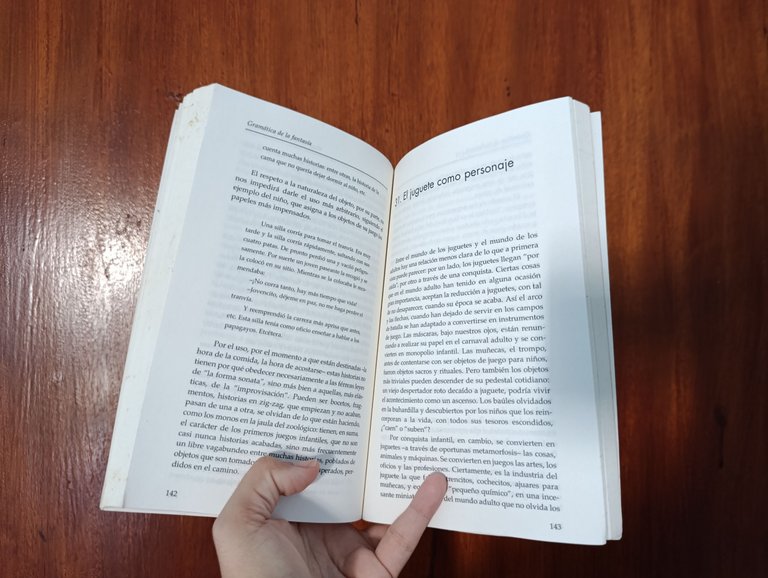
On the other hand, Rodari proposes transforming toys into characters in interesting stories. Starting from the notion that the child has an extraordinary capacity to imagine, he will then guide the adventure and adapt the functionality of each object according to its context and the story he conceives, this also allows him to connect with the environment in a deep and emotional way.
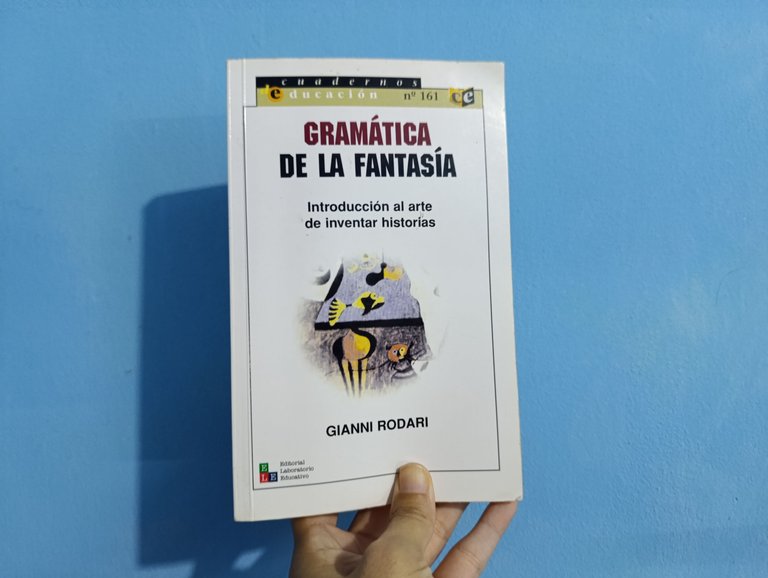
Another resource appeals to the Child as protagonist, if the child is the center of attention he/she will feel important and will be able to identify himself/herself in the story, so it will be easier for him/her to create. While reading this work I reflected that these tools should not only be implemented in formal education but also at home. Of course, in the text we can find numerous techniques, it would be enough to apply the appropriate one in each case according to the needs and circumstances.
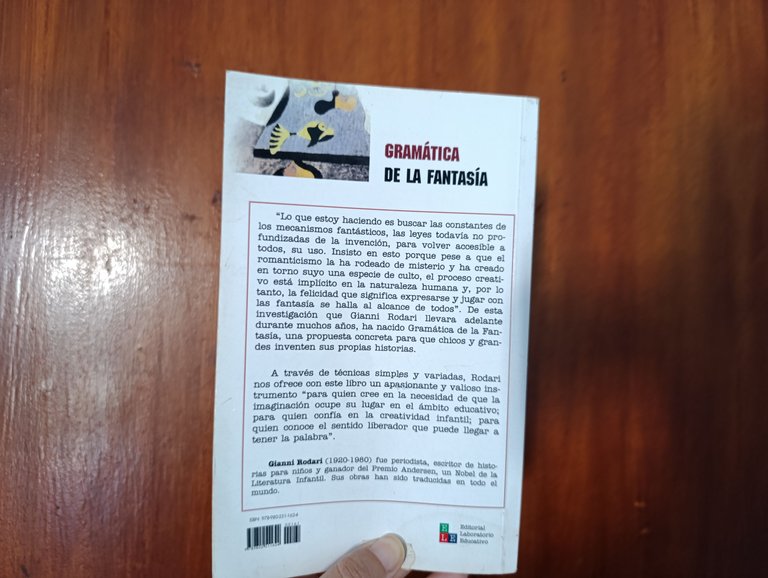
The author, throughout the work, points out the importance of stimulating creativity and imagination in the educational field, as he criticizes the education of the time, given the rigid structure of the processes, where fun is restricted and activities are tedious. At this point, fantasy does not represent an escape or a different way of interpreting reality but a mechanism to modify it and learn.
In summary, Grammar of Fantasy is an inspiring book that offers practical tools to invent stories, many of these strategies have already been implemented in different schools, even in film productions such as Shrek or Toy Story, we can also find digital texts and YouTube videos where the characters from classic stories change roles. In short, this work is an ideal read for educators and parents, who defend and promote the transformative power of fantasy.
Versión en EspañolLas teorías literarias y las estrategias para la enseñanza de la lectura y escritura siempre me han fascinado porque a partir de símbolos gráficos, como letras y signos de puntuación, se puede informar, narrar y fomentar la creatividad y la imaginación. Por tal razón disfruté la obra La Gramática de la Fantasía, Introducción al arte de inventar historias, libro publicado en 1973 que presenta a la escritura como un proceso lúdico y transformador.

El autor enuncia una serie de interesantes estrategias y técnicas para crear relatos fantásticos, sobre todo cuentos infantiles. Destaca el Binomio fantástico, propuesta que consiste en unir dos sustantivos sin conexión lógica para originar una idea, tal como "gato" y "ventilador", lo que pudiera generar una conexión insólita. Acá se privilegia lo inesperado y lo absurdo para utilizarse como plataforma sobre la cual construir un texto narrativo.

Otra técnica que me gustó fue la del Prefijo arbitrario, tal como se indica, consiste en insertar un prefijo que transforme el significado de una palabra, lo que será el preámbulo para imaginar una situación inusual que dará paso a un relato. También llamó mi atención la Fábula al revés, porque su finalidad es modificar lo tradicional, alejarse de los estereotipos, para concebir nuevos horizontes de lectura.

Por otra parte, Rodari propone transformar los juguetes en personajes de historias interesantes. Partiendo de la noción de que el niño tiene una capacidad extraordinaria para imaginar, entonces guiará la aventura y adaptará la funcionalidad de cada objeto según su contexto y la historia que conciba, esto también le permite conectarse con el entorno de manera profunda y emotiva.

Otro recurso apela al Niño como protagonista, si el infante es el centro de atención se sentirá importante y podrá identificarse en la historia, de modo que le será más sencillo crear. Mientras leía esta obra reflexionaba en que estas herramientas no solo se deben implementar en la educación formal sino también en casa. Por supuesto, en el texto podemos encontrar numerasas técnicas, bastaría aplicar la adecuada en cada caso según las necesidades y las circunstancias.

El autor, a lo largo de la obra, puntualiza la importancia de estimular la creatividad y la imaginación en el ámbito educativo, pues realiza una crítica a la educación de entonces, dada la estructura rígida de los procesos, donde la diversión está restringida y las actividades son tediosas. En este punto, la fantasía no representa un escape o una forma distinta de interpretar la realidad sino un mecanismo para modificarla y aprender.
En resumen, Gramática de la Fantasía es un libro inspirador que ofrece herramientas prácticas para inventar historias, muchas de estas estrategias ya se han implementado en diferentes escuelas, incluso, en producciones cinematográficas como Shrek o Toy Story, también podemos encontrar textos en digital y videos de YouTube donde los personajes de los cuentos clásicos cambian de roles. En definitiva, esta obra es una lectura ideal para educadores y padres, quienes defiendan y promuevan el poder transformador de la fantasía.
✓ Own photos, edited with the Foto Collage application.
✓Text translated with DeepL.
✓ Fotos propias, editadas con la aplicación Foto Collage.
✓Texto traducido con DeepL.